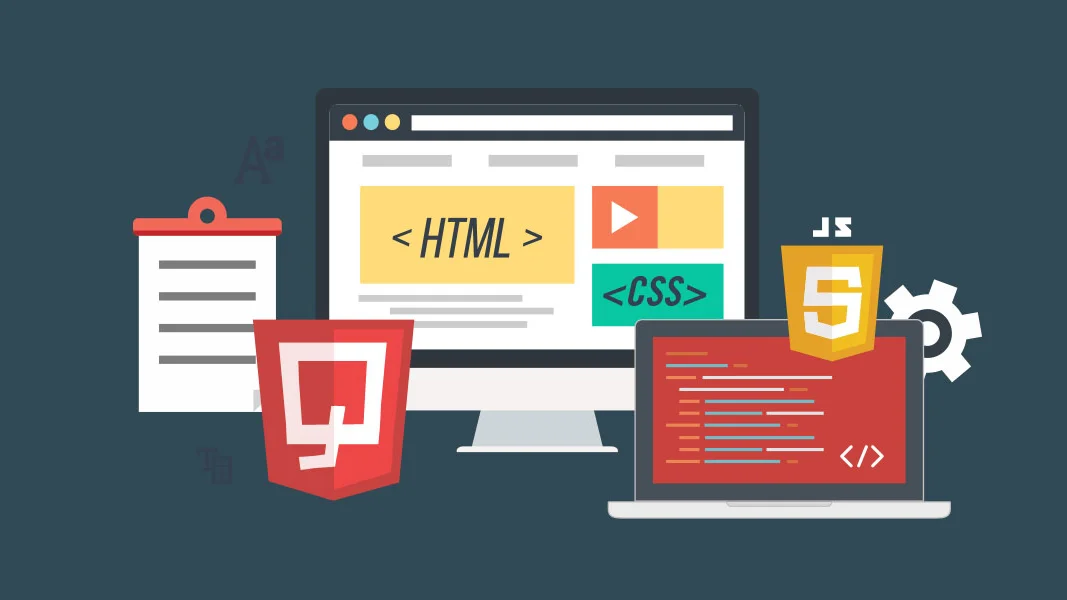The landscape of web development is continuously evolving, with front-end frameworks playing a pivotal role in enhancing the efficiency, maintainability, and scalability of web applications. The plethora of available options poses a challenge for developers in selecting the most appropriate framework for their upcoming projects. This article presents a comparative analysis of some prominent front-end frameworks, providing insights to facilitate informed decision-making.

React
React, developed by Facebook, is a robust JavaScript library designed specifically for building user interfaces. It employs components, which are encapsulated, reusable units of code that can be utilized across the application. React’s virtual DOM facilitates efficient rendering and updating of components.
Pros:
- High performance and rapid rendering capabilities
- Extensive community support and comprehensive documentation
- Reusable components promote easy maintenance
- Widely adopted in the industry, backed by Facebook
Cons:
- Steep learning curve for novice developers
- Focuses solely on the view layer, necessitating additional libraries for state management and routing
Angular
Angular is a comprehensive MVC (Model-View-Controller) framework developed by Google. It offers a robust architecture with built-in features such as dependency injection, two-way data binding, and directives. Angular also supports TypeScript, which enhances code maintainability.
Pros:
- All-encompassing framework with built-in functionalities
- Robust architecture suitable for large-scale applications
- Supports TypeScript, improving maintainability
- Strong community backing and extensive documentation
Cons:
- Slower initial load times compared to other frameworks
- Complex learning curve for beginners
- Potentially overkill for smaller projects
Vue.js
Vue.js is a progressive JavaScript framework for building user interfaces. It offers a more straightforward syntax compared to React and Angular, making it more accessible for beginners. Vue provides components, directives, and two-way data binding.
Pros:
- Intuitive and easy to learn
- Lightweight and efficient rendering
- Reactive data binding and components
- Dedicated community support and documentation
Cons:
- Smaller community relative to React and Angular
- Limited third-party library support
Bootstrap
Bootstrap is a widely used HTML, CSS, and JavaScript framework for developing responsive and mobile-first websites. It offers pre-built components and utilities, streamlining the creation of consistent and visually appealing designs.
Pros:
- Rapid prototyping and development
- Emphasis on responsive and mobile-first design
- Extensive component library
- Substantial community support and documentation
Cons:
- Limited customization options
- Not suitable for complex or highly customized applications
Selecting the appropriate front-end framework hinges on the specific requirements of the project, the expertise of the development team, and the desired level of customization. React, Angular, Vue.js, and Bootstrap each possess distinct advantages and disadvantages. Developers should meticulously evaluate their project’s needs, the learning curve involved, and the available resources prior to selecting a framework. By doing so, they can ensure a smooth development process and a successful outcome for their next project.








